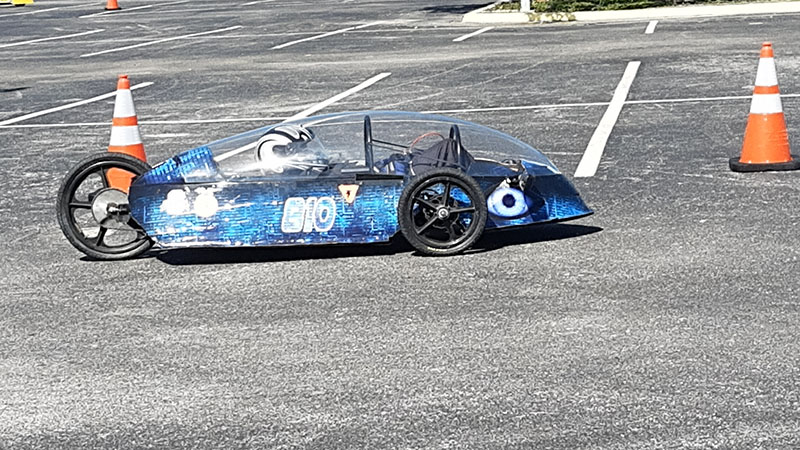Electrathon racing, a STEM-focused competition, challenges students to design and build electric karts that prioritize energy efficiency over sheer speed. While the potential top speed of these vehicles is a consideration, regulations mandate a maximum design speed of 35 MPH, emphasizing strategic energy management. The core objective is to maximize distance traveled within a two-hour endurance race, divided into two heats. This format necessitates careful calculation and implementation of energy consumption strategies, as teams must avoid depleting their battery reserves before the race’s conclusion. The ability to swap drained batteries for recharged ones between heats introduces a dynamic element, requiring precise timing and efficient pit crew operations. Beyond mere speed, the overall performance of the karts hinges on the effective balance between velocity and energy conservation. Students must develop sophisticated systems for monitoring battery levels and optimizing power usage. This includes designing aerodynamic bodies, selecting efficient motors, and implementing regenerative braking systems. Critical to success is seamless communication between the driver and the pit crew, enabling real-time adjustments to driving style and energy management strategies. This collaborative effort ensures optimal performance throughout the endurance race, highlighting the importance of teamwork and strategic planning in achieving victory. The Electrathon experience fosters a deep understanding of electrical engineering, mechanical design, and energy management, preparing students for future STEM careers.



